Those who have fields can convert the existing fields into a row garden if they want. You can make it in all types of fields, so you need to know a little planting method. In this article, I will show you how to make rows in a garden and plant vegetables, fruits, and flowers very easily for you.
Vegetable gardening has a traditional approach. That is creating some facilities to provide access for weeding and other maintenance work. This requires planting single plants in rows in long rows separated by 1 to 2 feet of bare soil.
But this method is not accepted by everyone now. Because spaces between rows waste a lot of garden space. So the most popular method today is wide-row gardening. This is an increasingly popular method of planting, some vegetables. But remember that instead of single-file rows of trees, wide-row gardens offer the most benefits. Besides this rule, a dense planting style brings productivity.
Before Starting
Do you think all vegetables are suitable for wide-row gardening? Not at all. This row garden is not for those who need space to roam the field to maintain some plants. Such plants include tomatoes, cucumbers, squash, and watermelons. Also, vegetables like carrots or onions are not suitable for rowing. Because they do not grow dense enough to suppress weeds. But remember that all leafy vegetables are ideal for wide-row gardens. Like spinach, lettuce, chard, kale, and other greens. All these vegetables almost double the yield in wide rows.
What Are Garden Rows?
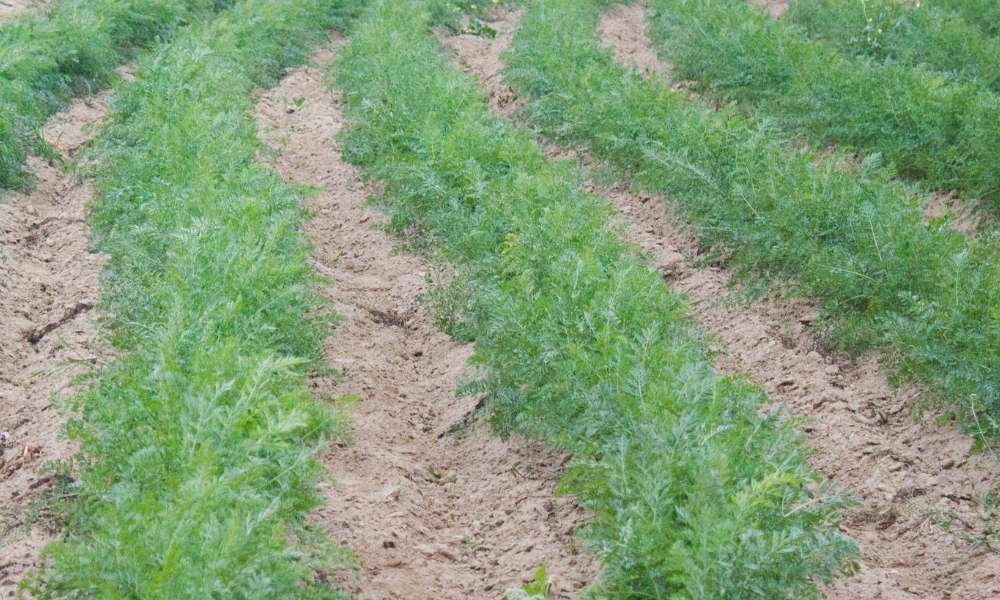
Garden rows are a type of bed system where each row consists of a single species of vegetable planted at different distances. Common rows include cabbage, lettuce, cauliflower, broccoli, etc. A garden bed is basically a section of soil. Dedicating to growing vegetables. Each of its beds usually has pathways between them to allow water and air circulation. There are different types of beds including raised beds, straight-row beds, staggered beds, square beds, strip beds, wide beds, and more.
Things You Will Need To Make Rows In A Garden
1. Shovel
2. Weed killer (optional)
3. Wheelbarrow
4. Hose
5. Hand tiller
6. Garden soil
7. Water hose
8. Soil rake
9. Seed tray (or pot if planting seeds)
10. Label maker
11. Marker pen
12. Weeding / Pulling
13. Weed control sprays
14. Bucket and gloves
Have A Plan
Row planting and interplanting are terms to describe how gardens are planted. In row planting and interplanting, crops are grown side by side or next to each other. Called a row of a crop row while plants place close together. They are referred to as an interplanting scheme. Plants that grow in rows or at least two feet apart are called bedding plants.
Determination Of Location
Secondly, determine how much space you have. If you have a lot of space, you can create several small rows of gardens around a central core to divide the space. Alternatively, you can provide enough space for just one garden.
Permanent Or Temporary Place
Thirdly, decide whether the garden will be permanent or temporary. Temporary row gardens are easy to build and maintain and can be moved as the seasons’ change. However, they don’t last forever, so they never become a permanent fixture in the landscape. Permanent row gardens last for years at a time and they provide a wonderful backdrop to any home.
Prepare The Ground

If you want to have a beautiful garden, prepare the soil first before planting anything, including seeds and flowers. To prepare the soil, remove any weeds, rocks, and debris that might obstruct the plant’s roots. If you don’t remove them, they can compact the soil. Also, add some compost or manure to improve soil fertility. Keep the area free of grass and weeds for at least six months. Water the soil thoroughly by filling the watering holes with water. Make sure the soil is moist.
Marking Rows
Start by using stakes (pieces of wood with holes) to mark where you want the garden to be. Use these stakes to create entire plots of land. Make sure to leave enough space where you want the plants to end, this way you won’t be left with empty land after planting. Use a long stick or a piece of string to draw horizontal lines in the soil to show where the rows will begin and end along the perimeter of the garden.
These marks should be at least 2 inches apart. Next, use a small stick or string to make diagonal lines across the garden to indicate where each of your rows will begin and end. Diagonal lines should space about 1 foot apart. When you’re done, fill any remaining voids with dirt.
Creating Row
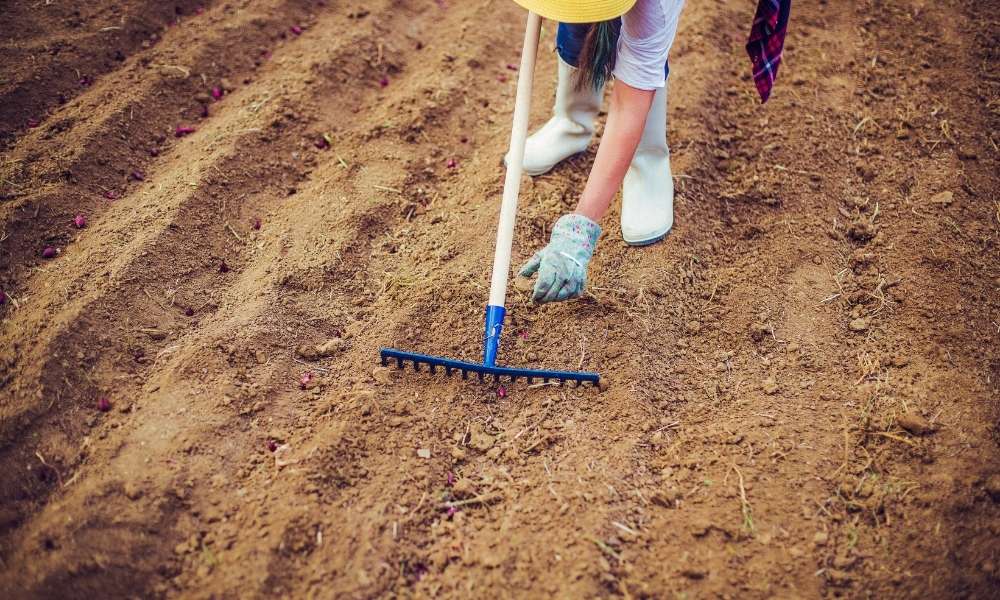
Once you’ve marked your rows, you need to dig them. To do this, simply remove layers of soil with a shovel until you reach hard-packed, compacted clay. Continue digging and compacting dirt around each row until you reach the surface. Once you’ve dug the rows, don’t forget to water them! Watering is just as important as leveling the surface. If you forget to water, your plants can not only die, they can rot if they’re sitting in wet, depleted soil.
Single, Double, and Wide Row usage rules are discussed below
Single Row Plant

This method of planting is often preferred over double-row planting, as single-row planting is easier to maintain, takes less time, and requires less space than double-row planting. To plant a single row, you must first prepare the bed. You should have a flat surface where you want to plant your seedlings. If you don’t have enough space, you can divide your plants between different beds. When preparing the bed, try to space the seeds 1/8 inch or less apart. Once you have prepared the bed, you will sow your seeds directly into the prepared bed.
Use a small trowel to spread the seeds evenly across the bed and allow them to dry before covering the seeds with soil. Cover your seeds with about 2 inches of sifted compost, sand, or topsoil. Water well to ensure soil remains moist until germination. After the seeds germinate, water lightly once or twice a day until they are established. Remove weeds before the plants are tall, as early removal encourages strong root growth.
Double planting
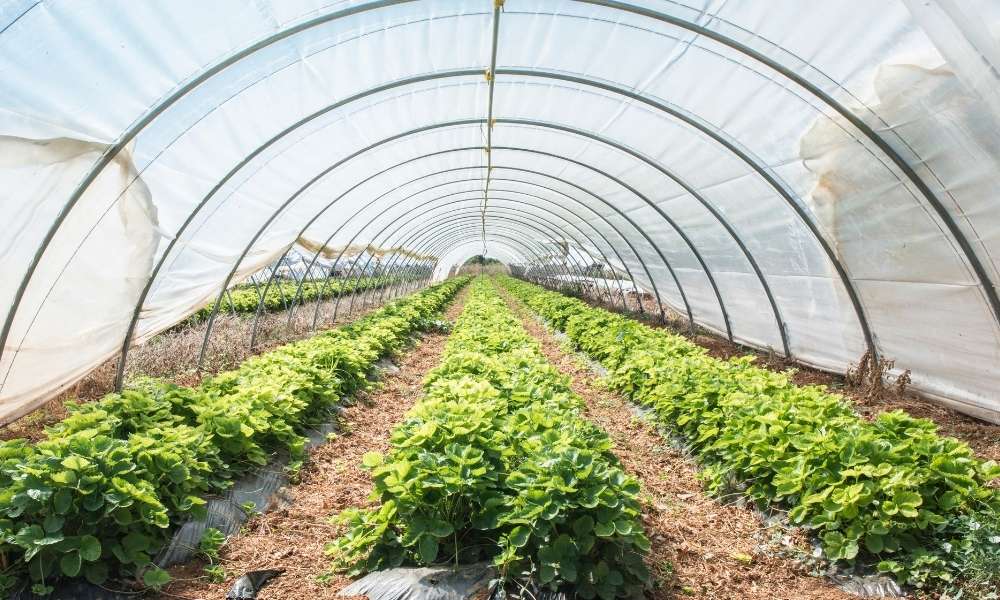
Double-row planting is a popular gardening technique used to create straight rows in a garden. First, you should choose a location for your garden. Next, you need to dig a hole about 6 inches deep and 12 inches wide. Then, you should fill the hole with a potting mix mixed with compost. It may sound simple, but it really isn’t. To properly mix the compost into the potting mix, you need to use a shovel to add the compost to the potting mix. Mix the compost well. If you use peat moss in your potting mix, add half the recommended amount.
Now, you should rake the soil firmly around each plant. Don’t worry if some of it gets stuck under the roots. This will help keep the humidity level stable. Make sure the entire area is covered with potting mix. As long as you follow these steps. You should have no problem getting your plants started. If you have problems, check to make sure your watering holes aren’t clogged. Also, avoid overwatering your plants. Too much water makes plants vulnerable to disease, which can lead to death.
The third Is a Wide System
Wide-row planting helps create a nice garden design and makes gardening easier. There are no real rules – just experiment and find what works best for you! We tried different techniques including direct seeding in wide rows, dividing seedlings under light after germination, and direct seeding in wide rows.
In our opinion, the easiest way to plant seeds in wide rows is to use a small trowel and place them in the soil at your desired spacing. A good time to start doing this is in late February. We recommend starting with 10-12 inches between each row. This gives the plants plenty of room to grow and still get the proper space they need. Just remember not to cover any seeds with dirt; Leave the top layer exposed. Once planted, water immediately to keep them moist.
Where Is Our Garden Located?
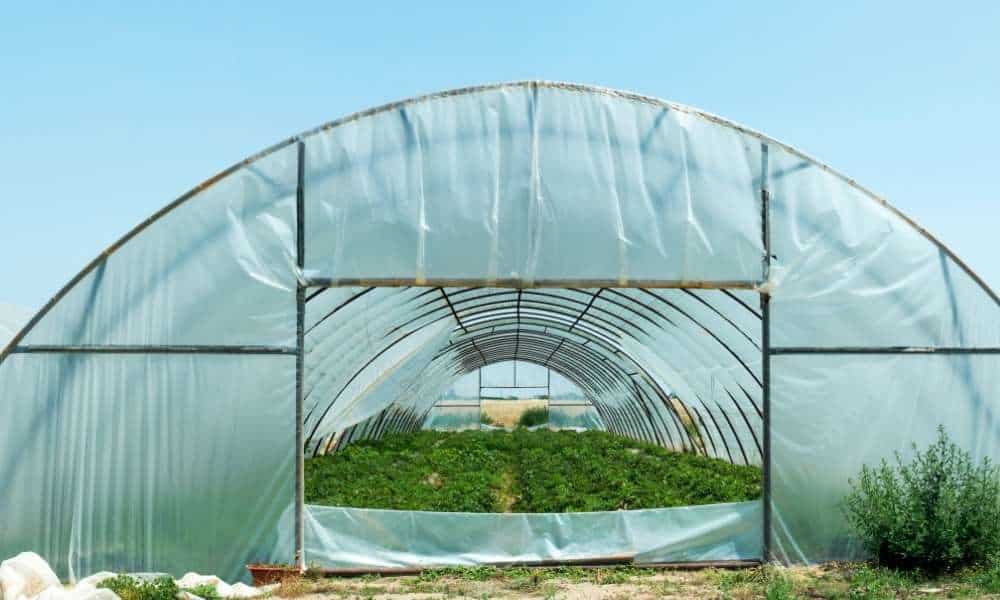
Another important factor to consider is the location in which we want to place our garden. If we live somewhere that gets cold, we may want to go with a covered potting shed instead of gardening outside. On the other hand, if we live somewhere that gets hot, we might want to try to have a garden outside and cover it with shade cloth at times. So before we even look at any plans or designs, we need to figure out where our garden is and how big it needs to be!
What Is The Purpose Of Garden Rows?

There are many advantages to using row gardens. Only one row of plants or flowers will fit in each section, saving space. Less weeding is required, and maintenance is minimal. You can easily add a little greenery or flowers without worrying about damaging existing plants. Rows help prevent weeds from spreading throughout the garden. And finally, since you’re working in one direction, you don’t have to worry about turning back to the sun.
Weed Reduction
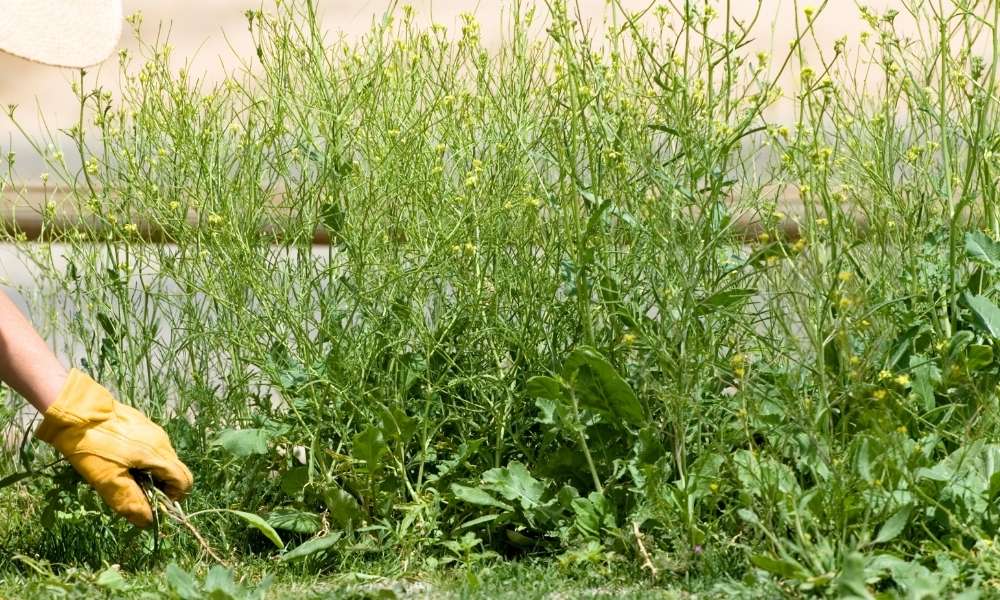
Weeds rob valuable nutrients that should go toward nourishing your crops, and if left unchecked, can cause serious damage to your plants. By using garden rows, you can effectively keep weeds at bay and still leave plenty of room to grow all your crops.
Provide Structure

Many gardeners choose to create raised beds in their gardens to create garden rows that allow for proper drainage and help prevent soil erosion.
Improves Air Circulation
Garden rows not only reduce the number of weeds present in the garden but also improve air circulation. When you have small gaps between rows, you allow air to circulate freely throughout the garden area.
Keep Your Crops Healthy
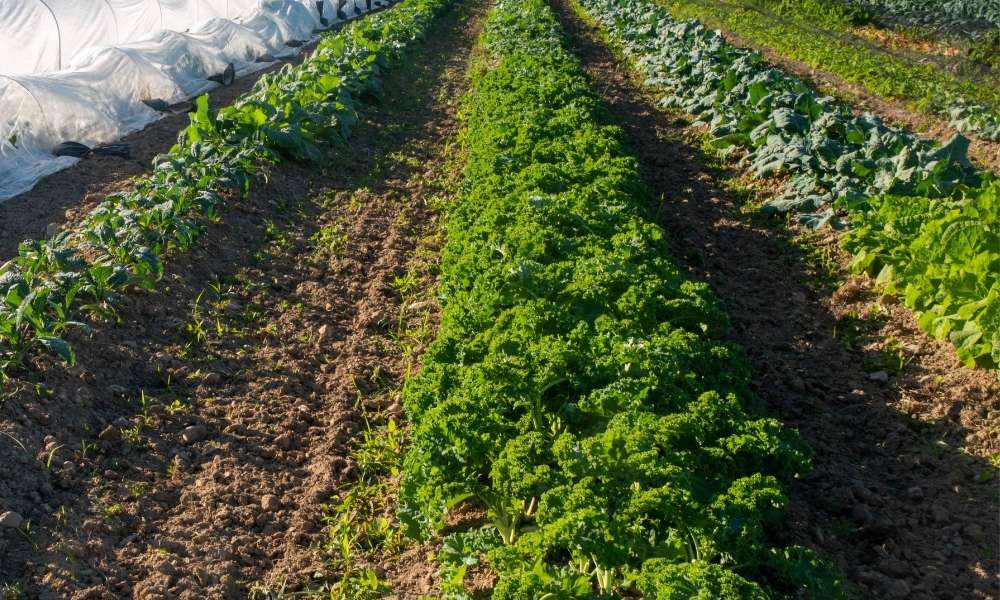
The best thing about using garden rows in your garden is that they protect the roots of your plants from harsh weather. Adding a garden row can help protect your plants from extreme temperatures.
Increase Flower Production

Garden rows not only provide protection for your plants from adverse conditions, but they can help your flowers bloom more abundantly. If you want to encourage flower production, try planting taller crops in the middle of your garden to draw in more light.
Water
The biggest advantage of raised rows is that the plants can water very quickly.
Flat Vs. Raised Garden Rows: Which Is Better?
A raised garden row can be a great option if you have lots of space and plenty of time to care for your garden. If you have extra space, make sure to get yourself some raised garden beds. That way no matter how much land you’re dealing with, you’ll always know exactly where to focus your attention. And if you have some extra time to devote to your garden, you might also consider making your own garden beds. Raising the ground level over your existing soil will allow your plants to receive the sun they need to thrive.
If you don’t have a lot of space to work with or a lot of time to devote to your garden, growing garden rows may not be the right choice for you. In this case, planting flat garden beds can be a good solution.
What Are The Types Of Row Gardens?
There are two types of row gardens. The first type is called a “vertical garden” and grows vertically instead of horizontally. Vertical gardening requires much less land but takes longer to harvest. These crops tend to grow faster and stronger than their horizontal counterparts.
The second type is known as “horizontal gardening”. Horizontal gardening means that plants grow horizontally rather than vertically, meaning they grow outwards rather than upwards. A single unit of this plant is called a row. Unlike vertical farming, horizontal gardening requires much less land.
Warning

First, the design does not efficiently accommodate large numbers of plants. When you start adding rows, you run out of space in the middle of the garden. Second, if you live in a hot climate, you will likely experience heat build-up problems in the garden center. Finally, although the look of a row garden is attractive, it is not necessarily suitable for everyone. Those who prefer a natural style of gardening may feel uncomfortable with the uniform pattern of green rows.
Final Thoughts
May want to keep weeds out of certain areas, control insects, or make harvesting easier. If your crops are not properly spaced, you risk wasting time and money trying to harvest. Your buds before they are fully mature. When growing indoors, you can use any type of tent you like. You can even go completely vertical! When planting outdoors, you should consider the weather conditions and what types of plants grow naturally in your area. If possible, try to mimic the natural ecosystem, as this will help your plants grow faster and more efficiently. I hope you understand how to make rows in a garden.
Finally, if you plan to move the garden, you need to take care not to damage the existing landscaping. It may be possible to remove old plants and replace them with new ones, but you will need to dig up the roots of the existing plants first.
